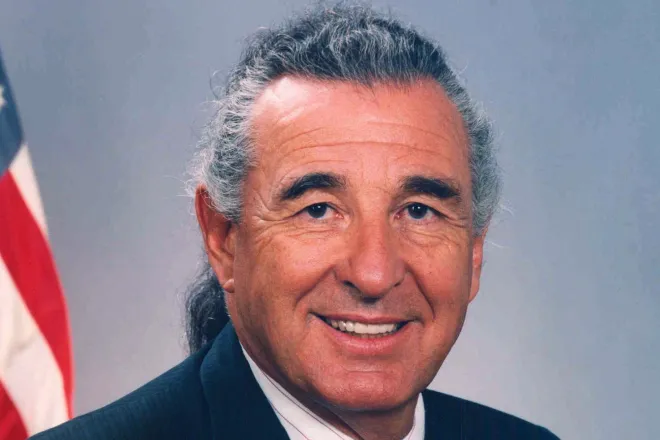
Linly Stum: Evidentiary – Part 2
EVIDENTIARY
Let's begin maybe not all the way back to the beginning but, in about 1962 with ideas from two very important people in history: Darwin and Einstein. I had recently graduated from the university and at that time in history, one of those important people was Charles Darwin. At the university, Darwin's ideas were not theory but were accepted as law. Therefore, one can be a bit confused as to all the facts. Darwin was a very intelligent, very curious person. He really tried to figure out the "how and why." The "how and why" has been my thing nearly all of my life which probably is why I have some of the ideas that I have. Today, only some of Darwin’s thoughts are born out and definitely not all.
The following should be in a large frame and on the wall of every school office worldwide. A good project for someone to donate them to schools.
"The most important human endeavor is the striving for morality in our actions. Our inner balance and even our very existence depend on it. Only morality in our actions can give beauty and dignity to life. To make this a living force and bring it to clear consciousness is perhaps the· foremost task of education."
Albert Einstein
NATURE
Now I will talk about some of the things that I have observed in nature over the last 60-some years that demonstrate purpose. I have always been a "how and why" person, and was not able to accept a lot of things on simple faith alone. I always wanted to know "how and why," and perhaps this has led to some of the fun things that I have been able to do in my life.
Going back to 1968, with the assistance of the county extension agent, we planted the first wheat test plot ever planted in Kiowa County. They are still being done today on other people's ground. One of the first observations was in about 1968. We had a relatively wet winter. The wheat was beautiful the first of April to the point that Dad bought two new combines for us to use at harvest. Then "oops!" happened. Zero moisture in April and May. The wheat totally ran out of moisture as it was heading out. You could drive by a wheat field, and it had a smell like some have probably detected when they were near a dehydration plant. But the weird thing that happened is what that plant did to change how it dealt with the drought. The wheat plant decides how big the head will be based on the available moisture and nutrients in the beginning of the boot stage. After the wheat heads, typically if it's not a perfect year, the blanks where kernels did not form are at the bottom of the head. Normally one would think that when the lack of moisture occurred much later, the kernels of grain that did try to form would be all shriveled up and worth nothing. But that's not what happened. That plant made the decision at a later point to not form kernels at the top of the head and they became blank. There were four or five fully formed perfectly healthy kernels that matured in the middle of the head.
To me, in 1968, this almost appeared that that plant had a brain. This is one of the observations that stuck in my brain and turned me into a reader of science for the rest of my life.
Next: More observations in nature
Part 1 was published October 22, 2023, and can be found here.
















